Part 2: Social Media and the lives of Middle Eastern and North African Women
By Ella McKelvey, National Director of Online Engagement (Blog)
A few weeks ago, I encountered an essay written by Victoria Newsom and Lara Lengel entitled “Arab Women, Social Media and the Arab Spring: Applying the Framework of Digital Reflexivity to Analyst Gender and Online Activism”. The essay, which was written in the wake of the 2011 Arab Spring, describes how Western/global journalism exaggerated the role that social media had to play in the unprecedented levels of female participation during the uprising.
After noticing the 2012 publication date, I was initially inclined to ignore the essay (I tend to make the blanket assumption that any social studies article written over five years ago is outdated). However, the title was intriguing - it might provide some interesting background, I thought.
To my surprise, I soon realised that even outside of the context of the Arab Spring, and nearly seven years after the its initial publication, the essay remains highly relevant.
I realised how little the media has changed over the last decade - over the past ten years in Western journalism, there has been a regular re-emergence of articles decrying social media as the cure-all silver-bullet in the multifarious war on gender oppression in the Middle East. In 2014, for example, the New York Times published an article proclaiming that social media would enable the “unshackling” of Saudi Arabian women. Almost five years have since passed, and whilst there has been noticeable progress (e.g. the ban on women driving in Saudi Arabia has been lifted), the article’s predictions are far from being met (women are still expected to get consent from male “guardians” before each drive).
Although we shouldn’t ignore significant regional variation in women’s affairs across MENA (Middle East and North Africa), I would challenge the notion that women anywhere could describe themselves as “unshackled” from gender oppression.
There is some truth to the claims that social media provides women in MENA with a rare platform for activities such as artistic self-expression, casual socialising, business/entrepreneurship and social activism. But has the liberation of MENA women expanded beyond the online world?
In their essay,Newsom and Lengel describe the concept of contained empowerment – or “localised power restricted by social norms yet flourishing in a space customised for and welcoming that power”. In other words, the academics ask us to consider that social media acts less like a powered vessel for crossing the shark-infested waters of oppression, and more like an island of refuge those exhausted by the swim.
For example, whilst it is certainly impressive that 35% of Middle Eastern tech entrepreneurs are women (compared to the 10% global average), claims such as women are “driving the Arab World’s Digital revolution” (Vogue) misrepresent the balance of power when it comes to social media and digital technology. Most Arab women still struggle to get venture capital investment for digitally-based businesses. Discrimination from investors thus contains the empowerment afforded to MENA women by media/digital technology.
Even more concerningly, a number of female social media users in MENA have even been subjected to violence in an attempt to restrain their power and influence. In 2017, for example, a Saudi Arabian woman was arrested following her featuring in a Snapchat video where she was showing “too much” flesh. Even more shockingly, Instagram celebrity and former Miss Iraq Tara Fares was murdered in September 2018, and two other social media stars also disappeared in Baghdad that year. These tragic occurrences echo the events of the Arab Spring; during which a number of female protestors with large social media followings were arrested or disappeared.
So why, in the West, are we so keen to claim that social media will be what liberates women in the Middle East?
Writing for the Kennedy School Review, Nabila Abu-Hantash (finance professional and an Arab woman) describes that “People in the West are used to a vibrant civil society, social activism, and advocating for social and political causes…But this kind of activism is foreign in the Middle East. Centuries of oppression, high rates of illiteracy, ingrained taboos, and widespread fear in police states all take their toll on collective action”.
Social media activism has undoubtedly shaped Western society. News outlets in the West probably like to focus on the impact of social media because media consumers can relate to the concept. Newsom and Lengel also note that Western stereotypes about Middle Eastern women (e.g. that they are “submissive”) might provoke assumptions about their preferences for protesting (e.g. that they will prefer more passive forms, such as online activism). Furthermore, we should also be wary of the “white saviour” mentality that permeates Western narratives of global affairs – white people have a tendency to see women in the developing world as victims, and we like to flatter ourselves that Western experiences and inventions have global power and relevance.
Cultural and logistic boundaries to developing a comprehensive understanding women's affairs in MENA means that Western journalism will never be able to make any certain predictions about the progression of women’s rights in the region. Social media might prove a very useful, or even vital, tool for MENA feminists; but we shouldn’t forget how dangerous the waters are that stand in the way.


